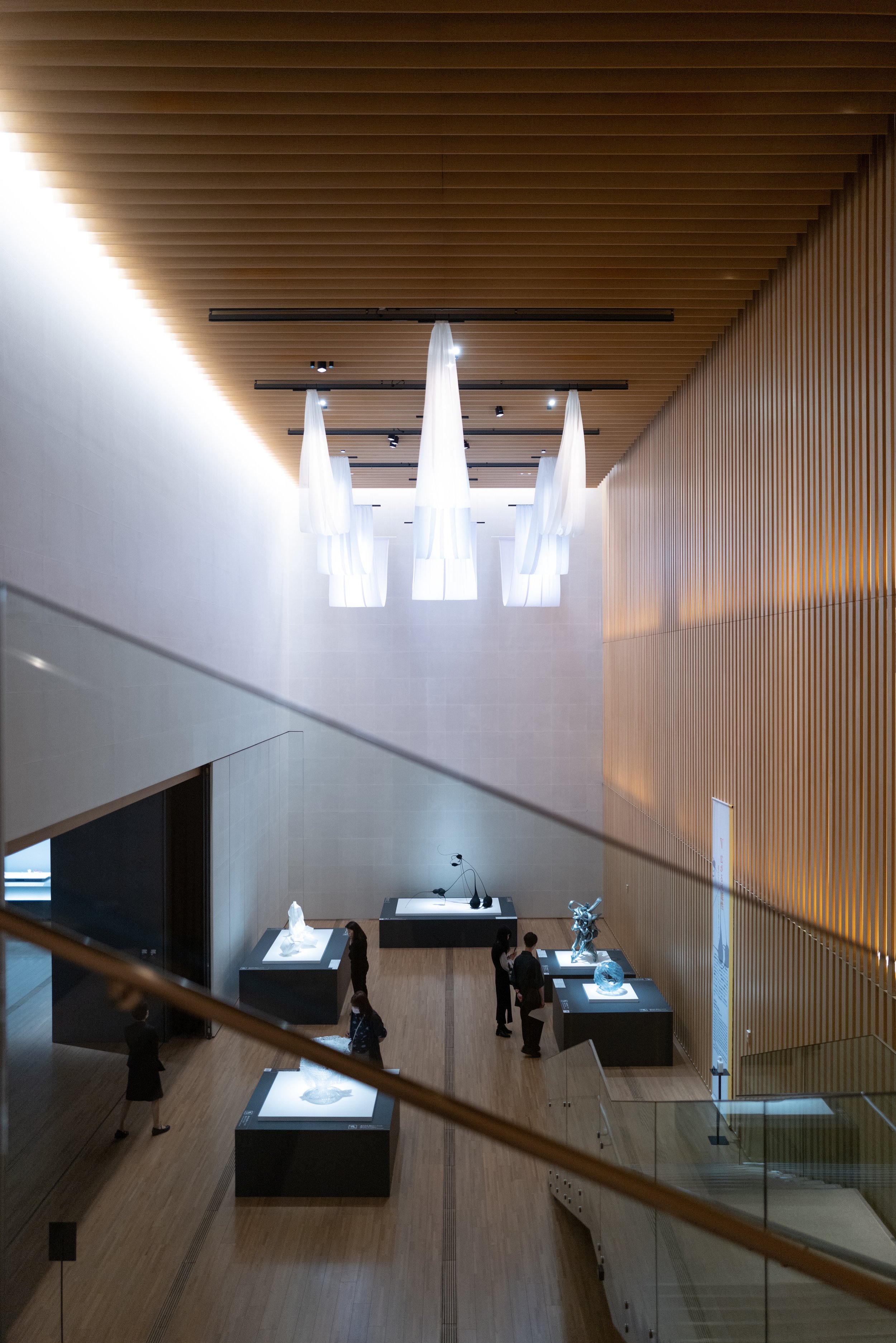The Suntory Museum of Art - Discovering Everyday Beauty in Tokyo
If you're looking to appreciate the beauty of everyday life in Japan, the Suntory Museum of Art is a must-visit attraction. Located within the Tokyo Midtown complex in Roppongi, the museum showcases stunning exhibitions of Japanese art, including ceramics, lacquerware, glassware, dyeing, and weaving.
Art in Life
The museum's basic concept is centred around "Art in Life", displaying pieces that highlight the beauty and artistry in everyday items. The museum's collection boasts about 3,000 works, and visitors can enjoy various art forms ranging from paintings to ceramics.
Things to Do
Aside from viewing the exhibitions, visitors can engage in a traditional tea ceremony in the sixth-floor tea ceremony room on designated exhibition days. Visitors can also pick up beautiful classical Japanese goods at the onsite gift store. Another activity that visitors may enjoy is trying modern interpretations of traditional Japanese dishes at the Kaga-fu Fumuroya run cafe.
The Gallery's Philosophy
The museum's message is "Art revisited, beauty revealed," a reminder to connect the arts with everyday life and help people, in general, appreciate the artistic qualities of everyday life.
Visitor Information
The museum is compact in size, and visitors can easily explore all the offerings within an hour. The space also houses a cafe and store on site. For more information, visit the Suntory Museum of Art Website.
Looking for an immersive cultural experience that highlights the beauty in everyday life? Look no further than the Suntory Museum of Art in Tokyo! Find the museum's location on Google Maps.
The Architecture of Suntory Museum of Art by Kengo Kuma
The Suntory Museum of Art in Tokyo is a unique space that combines traditional Japanese design with contemporary values. The museum was designed by renowned architect Kengo Kuma, who aimed to create an "urban living room" that offers a comfortable and tranquil ambiance to visitors.
Design Elements
The exterior of the museum is covered with vertical louvers made of white porcelain, which lend a sense of transparency to the building. The interior finishes use both wood and traditional washi (Japanese paper), creating a natural warmth that Japan is known for, while also admitting soft light. The flooring throughout the museum is made of white oak from recycled whiskey barrels.
Gallery Spaces
The galleries are located on the third and fourth floors, with a ceiling height of 9.3 meters on the third floor. Movable partitions separate adjacent exhibit rooms, allowing multiple use of the exhibit spaces. The use of Japanese fusuma (sliding doors) and shoji (paper-screen sliding panels) as partitions permits them to be opened and closed, providing flexibility in the use of the space. The adjustable paulownia wood lattices on the glass surfaces allow for the effect of letting in light from outside.
The Museum as an Urban Living Room
Kengo Kuma's design concept for the museum draws from the idea of an "urban living room." As technologies for communication and transportation continue to erase the distance between people and things, the city as a whole is transforming into one collective "interior" space. The Suntory Museum of Art aims to become the missing element, the quiet living room in the bustling city of Tokyo.
Visitor Experience
The museum's sixth floor includes a hall for events and the Genchō-an Tearoom, part of which was moved from the old museum. The third floor includes the shop x cafe, a combination of museum shop and cafe, offering a good place to relax and enjoy reflecting on the experience after viewing an exhibition.
The Suntory Museum of Art is a beautiful space that offers visitors a chance to experience the beauty of traditional Japanese design while also enjoying contemporary values. The museum's design elements, gallery spaces, and overall concept as an urban living room make it a unique and worthwhile destination for visitors to Tokyo. Learn more about the museum and its architect, Kengo Kuma, on the Kengo Kuma and Associates website.
Dot Architects in Toto Gallery, Tokyo, Politics of Living

































